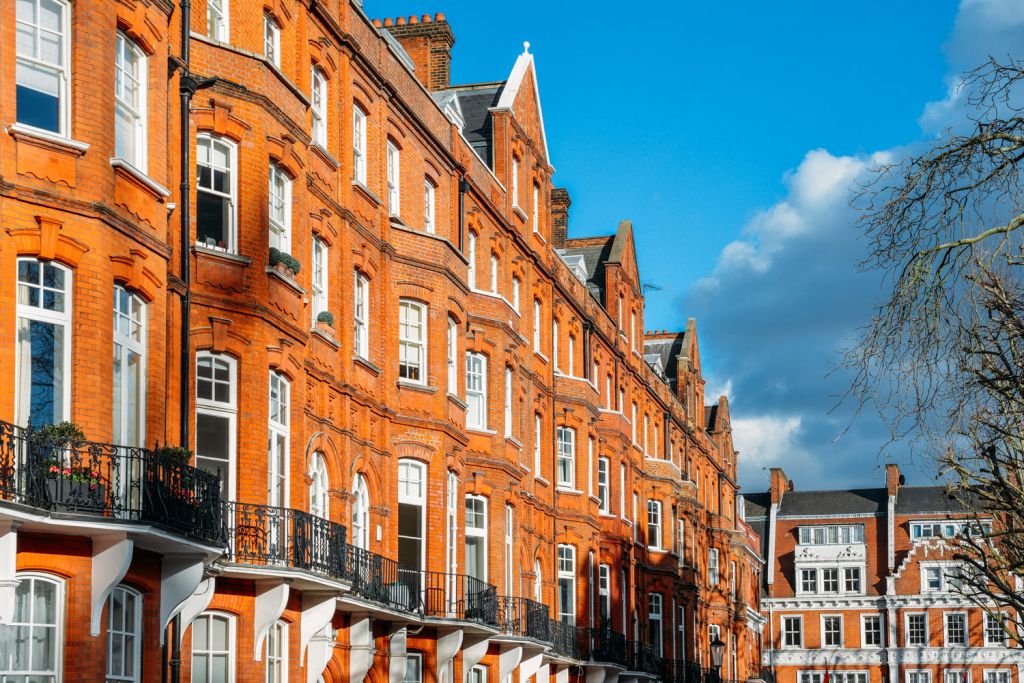
New research by the agent Benham and Reeves have discovered the demand for super-prime London properties listed north of the £10 million mark has fallen to just 2% with some areas seeing no demand whatsoever!
Benham and Reeves looked at prime London’s property hotspots and the demand for homes listed at £2-5m, £5-10m and £10m, to see how the current restrictions have impacted homeowner appetite for London’s priciest properties.
The £2-5m market
At the lower end of the capital’s prime property market, demand remains fairly robust at 15% on average.
Richmond is the most in-demand of all prime London locations at this price bracket, with 40% of all homes listed still under offer or SSTC despite the spread of the Coronavirus.
Barnes (38%), Clapham (32%), Wimbledon (29%) and Chiswick (28%) are also amongst the most popular.
The £5-10m market
Moving up a price bracket, demand drops to 10%. However, there remain a number of areas where homebuyer activity remains robust.
Again, Barnes (56%), Wimbledon (33%) and Richmond (25%) remain popular, joined by Pimilcio (19%).
However, at this price bracket demand for housing is currently non-existent in Fitzrovia, Marylebone, Maida Vale, Regents Park, Canary Wharf, Battersea, Wandsworth and Chiswick.
The £10m+ market
It is the super-prime threshold that has seen homebuyer demand take the biggest hit.
With demand as a whole at just 2%, there are a total of 13 areas where demand sits at 0%, with a further seven areas where no homes are listed above this threshold.
Highgate is the most in-demand at 8%, along with Notting Hill (6%), Knightsbridge (5%), Mayfair (4%) and Chelsea (2%).
See the full data tables for each price threshold here.

Marc von Grundherr of Benham and Reeves commented: “In times of crisis, the UK property market relies upon factors of necessity amongst home movers such as death, divorce and employment patterns. However, the present situation is preventing all but the most committed buyers from transacting, and this is no different in the prime and super-prime echelons of the London market.
In theory, current conditions should suit the capital’s super-wealthy as this area of the market has always been about quality over quantity, private sales and the purchase of homes that lay empty and ready to be lived in.
But the spread of the Coronavirus is having a big impact on buyer sentiment, and this is remarkably evident in areas where there is currently no buyer demand at all; a phenomenon rarely seen in a market as popular as London.
Prime work hubs such as Battersea and Canary Wharf have seen offices close, and companies tighten their belts with employment, with demand dropping off as a result.
The economic consequences of the current pandemic are causing even the wealthiest of buyers to put a second London home purchase on ice, both due to the financial commitment and the fear of an almost immediate drop in values should the market crash.
In addition to this, restrictions around living have had a big impact on the traditionally popular areas of Belgravia, Fitzrovia, Holland Park and the other regions within the inner city.
What we are seeing, is a consistent level of demand in more peripheral areas with the sought after features of a lockdown purchase such as Richmond, Barnes and Clapham.
These areas generally allow for more space both within the property and its grounds and more bricks and mortar for your money. They are home to a greater abundance of nearby green space in the immediate vicinity and are less densely populated than the majority of inner London areas. All of which are features that are currently resonating with high-end buyers, until the dust has settled at the very least.”
Whether the London super-prime property sector will ever return to the buoyancy seen in previous years is anyone’s guess. What the pandemic has clearly shown is that general requirements have changed and now that people have been spooked many want to ensure they are better prepared should it happen again.
The lure of more space at a property might now be a more significant consideration than a prestigious postcode. Also, when you factor in how comfortable people have found remote working, people will now be wondering whether the convenience and bragging-rights are worth the trade-off.
Read more property-related articles in our dedicated section here.
![]()




You must be logged in to post a comment.